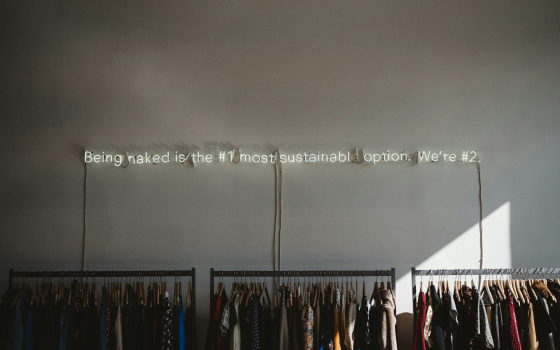Sending 150,000 personalized letters in 35 different languages in 10 days is an extremely complex project. But changing the format a few days before the deadline was someting nobody expected.
Most of our clients have been with us for many years. Some of the projects we work on repeat themselves over time. For the department of communication for a major fashion brand, the biggest project of the year arrives a few days before Christmas.
The challenge: 150,000 letters in 35 languages in three days
Our client sends a total of 150,000 personalised letters to a total of 96 countries around the world. There are just 10 days between the letter being approved and the moment it is delivered. During these 10 days we translate, format, review, print, put in envelopes and send 150,000 letters. At Kobalt alone, 85 people are involved in this unique project.
- 150,000 personalised letters
- 35 languages
- 3 versions per language
- 96 countries
- 10 days
- 85 participants in the project
Our job as a translation company is to take charge of the translation into 35 different languages, with three different versions in every language, as well as the revision, formatting and feedback from the client's local offices, then delivering the final print copy in just three days.
There’s no way you can call it an easy project, but we have spent several years doing it and it has almost become a routine.
When there are just three days before the start of the project, we received a call from our contact at the company to explain that they were planning on holding an internal follow-up meeting for this project, and that they would keep us informed when they had the approved version to start to coordinate it.
Two hours later, our contact called us back to tell us that they had decided to film the content of the letter as a video message, as a test. But that it was nothing more, just a test, and they weren’t going to change anything.
Change of plans
They called us back the next day to tell us that the test had gone well, their higher-ups liked the idea, and that they had decided, at the last minute, to turn the letter into a video that would need subtitles in 35 different languages.
Of course, our many years of experience producing subtitles for film and television came in handy. First and foremost, because we were sure we had the experience needed to successfully lead a project subtitling into 35 different languages. At Kobalt we work with experts in audiovisual translation and we have subtitled over 300 films. We know what we're doing. Thanks to our experience, we were able to give very clear guidelines to all the translators and revisers about the guidelines to follow when producing the subtitles.
In parallel, we coordinated with the client systems department to agree how we would produce the subtitles. The head of the systems department for this project told us that he thought it would be best in WEBVTT an HTML5 standard. The biggest advantage is that it lets you work with just one version of a video, and adds the subtitles depending on the client’s browser language.
Once we received the final version of the video, we created a subtitling platform for all the translators and reviewers to work on. The translation and revision went ahead without any big problems, and we received positive feedback from each country. We made the suggested changes and the video was published on the planned date.
A total success
This action received incredibly positive feedback. The video received over 1,000 comments and managed to interact with the recipients. This had never happened before, as nobody had ever sent a reply to any of the letters. Our client was very pleased with the result and sending letters has now been discarded as an option for future communication.
The engagement rate was through the roof
In addition to being able to gather feedback that was previously unavailable, the change to video has caused a number of other advantages and benefits:
- Significant savings on the cost of printing and posting 150,000 letters.
- More environmentally-friendly: saving tonnes of paper and preventing CO2 emissions by reducing the number of trees cut down for paper, and the energy saved in printing and sending the letters.
- The chance to immediately correct any mistakes and make last minute changes. This would be impossible with a printed letter.
- Much easier for our client to manage: removing a significant level of complexity involved in coordinating, printing and sending letters to 96 different countries.
In a follow-up meeting, the head of the project confessed that he had had some doubts that it would all go to plan, but that after seeing that members of the systems department were relaxed and sure it was going to go as planned, she was happy to go for us.
Now the next challenge is finding a good topic for the next video!





